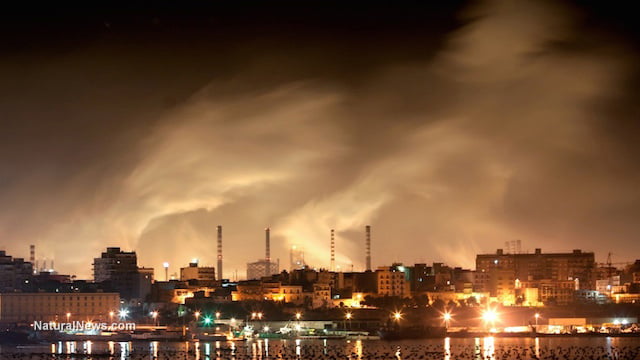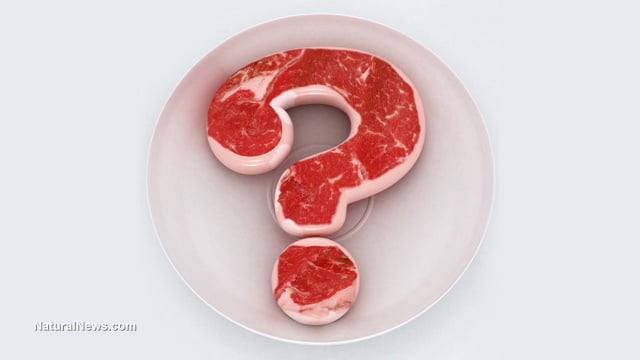More people died from fentanyl overdose than coronavirus in San Francisco last year

(Natural News) More people died from fentanyl overdose than coronavirus (COVID-19) in San Francisco last year, a microcosm of a larger nationwide problem coinciding with the pandemic.
Data from San Francisco’s Office of the Chief Medical Examiner shows that 708 people were killed by fentanyl in 2020, an astonishing 118 times more since the introduction of the drug in the city just five years earlier.
That figure nearly tripled the 254 COVID-19 deaths recorded in the city for the whole of last year. More than 8 in 10 deaths were male, and just under half were white. People aged 55 to 64 made up nearly a quarter of the fatalities. Nearly 40 percent of the deaths occurred in open-air drug markets such as the Tenderloin and South of Market.
The number of overdose deaths in the city could have been far worse as more than 3,000 addicts suffering from an overdose were administered with naloxone, the lifesaving medication that reverses overdoses.
San Francisco’s death rate from fentanyl overdose continues to rise this year as 135 died by overdose in January and February, putting the city on pace for more than 800 deaths by the end of the year.
The city has become a significant part of a larger trend. The Centers for Disease Control and Prevention (CDC) released data on Wednesday, April 14, showing that more than 87,000 Americans died from drug overdose over the 12-month period that ended in September last year – the highest since the opioid epidemic began in the 1990s.
Lockdowns lead to more cases of drug overdose
The surge represents an increasingly urgent public health crisis that may be correlated to the government’s monotonous battle plan against the COVID-19 pandemic.
On March 19 last year, California became the first state in the U.S. to implement a stay-at-home order. It subsequently endured the longest lockdown of any state in the country.
The pandemic and accompanying lockdowns are believed to be partly responsible for the soaring number of drug deaths for obvious reasons. Lockdowns have badly disrupted the social services in the city, including drug addiction treatment. Drug experts say the isolation of the past 12 months is causing vulnerable residents to turn to opioids.
“We see the death and devastation getting worse right in front of us,” said Matt Haney, San Francisco Board of Supervisors member. “It’s an unprecedented spiraling, directly connected to the introduction of fentanyl in our city.”
Fentanyl first appeared on the streets of San Francisco in 2015. There were just six deaths from the synthetic opioid that year, 12 deaths in 2016 and 37 deaths in 2017. The figure skyrocketed when the drugs became widely available in the city in 2018.
Kristen Marshall, manager of the national drug harm reduction DOPE Project, noted the grim irony that while social isolation could save lives from COVID-19, it had undoubtedly contributed to the number of overdose deaths.
“Isolation is also the thing that puts people at the absolute highest risk of overdose death,” she said.
Pandemic exacerbates rise in deaths from drug overdose
The number of deaths from drug overdose started rising in the months leading up to the coronavirus pandemic, making it hard to gauge how closely the two phenomena are linked. But the pandemic unquestionably exacerbated the trend. The biggest jump in overdose deaths took place in April and May when fear and stress were rampant, job losses were multiplying and the strictest lockdown measures were in effect.
Many treatment programs closed during that time while drop-in centers, which provide support, clean syringes and naloxone, cut back services.
The data released by the CDC shows a 29 percent rise in overdose deaths from October 2019 through September 2020 compared with the previous 12-month period. Illicitly manufactured fentanyl and other synthetic opioids were the primary drivers, although many fatal overdoses have also involved stimulant drugs like methamphetamine.
Unlike in the early years of the opioid epidemic, when deaths were largely among white Americans in rural and suburban areas, the current crisis is affecting Black Americans disproportionately.
“The highest increase in mortality from opioids, predominantly driven by fentanyl, is now among Black Americans,” Dr. Nora Volkow, the director of the National Institute on Drug Abuse, said at a national addiction conference last week.
“And when you look at mortality from methamphetamine, it’s chilling to realize that the risk of dying from methamphetamine overdose is 12-fold higher among American Indians and Alaskan Natives than other groups.”
Dr. Volkow added that more deaths than ever involved drug combinations, typically of fentanyl or heroin with stimulants.
“Dealers are lacing these non-opioid drugs with cheaper, yet potent, opioids to make a larger profit,” she said. “Someone who’s addicted to a stimulant drug like cocaine or methamphetamine is not tolerant to opioids, which means they are going to be at high risk of overdose if they get a stimulant drug that’s laced with an opioid like fentanyl.”
The Drug Enforcement Administration (DEA) supported Dr. Volkow’s claim, saying that transnational criminal organizations cause a spike in overdoses by mixing fentanyl into illicit narcotics.









